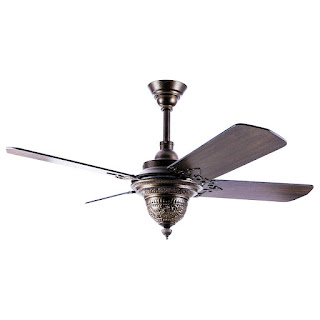Best Tips To Buy A Designer Ceiling Fan Online!
Designer Ceiling fans are a must-have. We rely on them all year round and utilise them to stay comfortable instead of using the air conditioning (and sometimes with it). They may be crucial in removing hot and cold patches in space and bringing the temperature in the entire house back to the same level. We use fans so frequently that they need to be replaced because of wear and tear. When that happens, think about these things as you look for a new one.
Budget
Every budget can afford a ceiling fan. You will pay more if there are more bells and whistles (such as brand, lighting, control, finishes, etc.).
Location
Which will be the location for the fan-inside or outside? It must be UL wet-rated if it will be used outdoors. Actually, it ought to be UL rated regardless of where it will be installed. Make sure the blades can't be accessed if it's going into a child's bedroom so they can't jump on the beds. Make sure it is distant from swinging arms and barbells if it is going to a home gym.
Airflow
Fans are now classified according to airflow and airflow efficiency. The more air the fan moves and the more efficiently it moves, the higher the airflow (in cubic feet per minute). The volume of air a ceiling fan moves depends on the motor size, blade pitch, and material of the blades.
To save the most energy, make sure to buy an Energy Star ceiling fan.
Style and finish
Numerous fan designs are available, with or without illumination, including conventional, modern, elegant, retro, and farmhouse-inspired types, to mention a few.
The fan will be more challenging to maintain the more intricate the finish or the blades are. In our dusty environment, the woven material on the fan in this image would be impossible to maintain.
Lighting
Most fans either ship with a light kit or can add one. A light kit offers extra functionality in a room. Look for light kits that use cooler LED lights because lighting can also increase the temperature in the space directly beneath the fan.
Spin direction
A designer ceiling fan should have two directions. Every manufacturer used to recommend to consumers that they adjust their fan blades to rotate counter-clockwise in the summer and clockwise in the winter. Although not for all brands, this is nonetheless frequently true.




Comments
Post a Comment